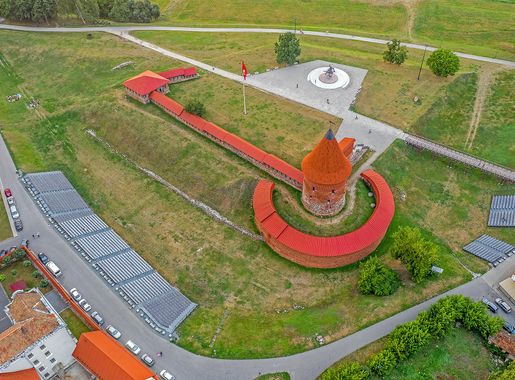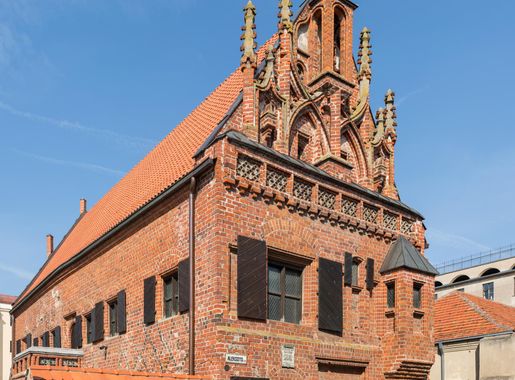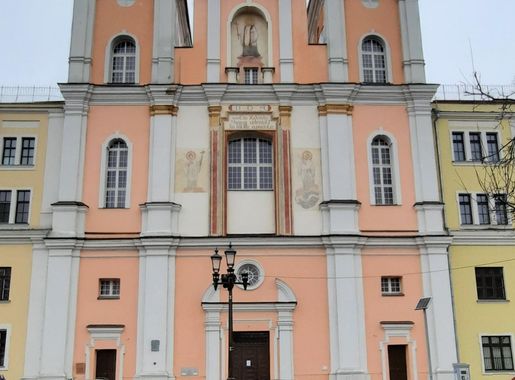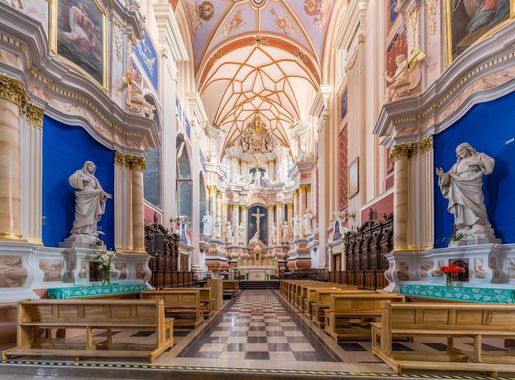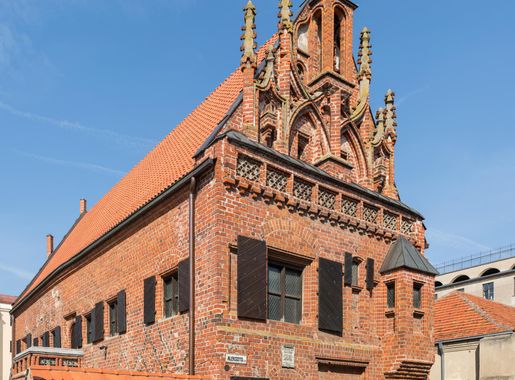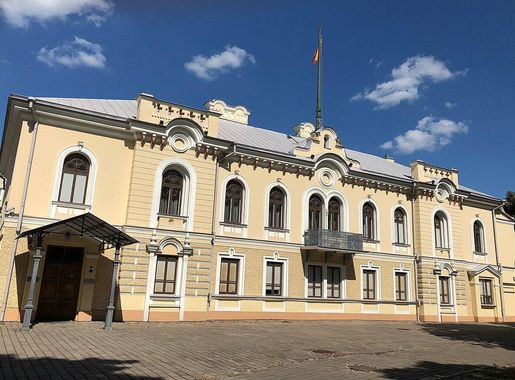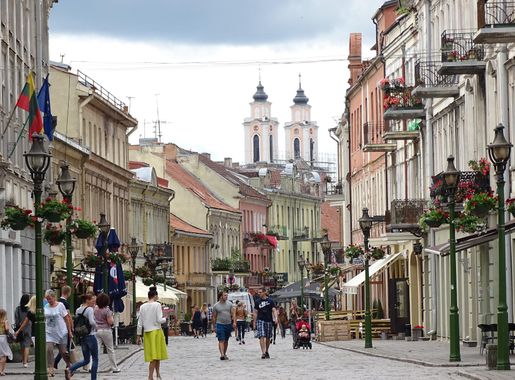
Old Town (Senamiestis) - The Heart of Kaunas
Explore the enchanting Old Town (Senamiestis) in Kaunas, Lithuania, where history, culture, and culinary delights come together in a picturesque medieval setting.
Old Town, or Senamiestis, is the historic heart of Kaunas, Lithuania. This charming neighbourhood is a treasure trove of medieval architecture, cobblestone streets, and vibrant cultural landmarks. As you stroll through the narrow lanes, you’ll be transported back in time by the well-preserved buildings and the timeless atmosphere that envelops this area. The Old Town is a perfect blend of history and modernity, offering a unique experience to every visitor. One of the main attractions in Senamiestis is the Town Hall, often referred to as the 'White Swan' due to its elegant and distinctive design. This iconic building, along with the surrounding Town Hall Square, serves as a central hub for various cultural events and festivities throughout the year. Nearby, you will find the Kaunas Cathedral Basilica, a stunning example of Gothic architecture and the largest Gothic church in Lithuania. Senamiestis is also home to several fascinating museums, such as the Maironis Lithuanian Literature Museum and the Kaunas City Museum. These institutions provide a deep dive into the rich cultural and literary heritage of the region. For art enthusiasts, the Old Town offers a plethora of galleries and art spaces where local and international artists showcase their work. Food lovers will be delighted with the array of dining options available in Old Town. From traditional Lithuanian cuisine to contemporary eateries, there is something to suit every palate. The lively cafés and bars that line the streets provide the perfect spot to relax and soak in the historic charm of the area. Whether you are a history buff, an art lover, or simply looking to explore a picturesque and culturally rich area, Old Town in Kaunas is a must-visit destination. Its unique blend of historical landmarks, cultural attractions, and delightful culinary experiences make it an unforgettable part of any trip to Lithuania.
Local tips in Old Town (Senamiestis)
- Visit early in the morning to avoid crowds and get the best photos of the historic buildings.
- Wear comfortable shoes as the cobblestone streets can be uneven.
- Check the local event calendar for festivals and cultural events in the Town Hall Square.
- Try traditional Lithuanian dishes at local restaurants for an authentic culinary experience.
- Explore the side streets and alleys for hidden gems and unique shops.
Old Town (Senamiestis) - The Heart of Kaunas
Old Town, or Senamiestis, is the historic heart of Kaunas, Lithuania. This charming neighbourhood is a treasure trove of medieval architecture, cobblestone streets, and vibrant cultural landmarks. As you stroll through the narrow lanes, you’ll be transported back in time by the well-preserved buildings and the timeless atmosphere that envelops this area. The Old Town is a perfect blend of history and modernity, offering a unique experience to every visitor. One of the main attractions in Senamiestis is the Town Hall, often referred to as the 'White Swan' due to its elegant and distinctive design. This iconic building, along with the surrounding Town Hall Square, serves as a central hub for various cultural events and festivities throughout the year. Nearby, you will find the Kaunas Cathedral Basilica, a stunning example of Gothic architecture and the largest Gothic church in Lithuania. Senamiestis is also home to several fascinating museums, such as the Maironis Lithuanian Literature Museum and the Kaunas City Museum. These institutions provide a deep dive into the rich cultural and literary heritage of the region. For art enthusiasts, the Old Town offers a plethora of galleries and art spaces where local and international artists showcase their work. Food lovers will be delighted with the array of dining options available in Old Town. From traditional Lithuanian cuisine to contemporary eateries, there is something to suit every palate. The lively cafés and bars that line the streets provide the perfect spot to relax and soak in the historic charm of the area. Whether you are a history buff, an art lover, or simply looking to explore a picturesque and culturally rich area, Old Town in Kaunas is a must-visit destination. Its unique blend of historical landmarks, cultural attractions, and delightful culinary experiences make it an unforgettable part of any trip to Lithuania.
Iconic landmarks you can’t miss
Historical Presidential Palace, Kaunas
Discover Lithuania's political legacy at the Historical Presidential Palace in Kaunas, a captivating museum showcasing the country's rich history.
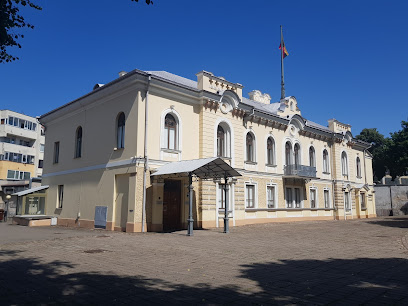
Confluence of Niemen and Neris
Discover the breathtaking beauty where the Niemen and Neris rivers meet in Kaunas, a serene escape for nature lovers and cultural explorers alike.
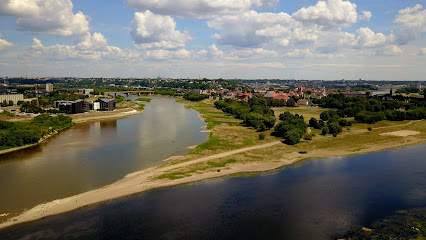
Statue of Grand Duke Vytautas
Explore the Statue of Grand Duke Vytautas in Kaunas, a captivating historical landmark symbolizing Lithuania's rich heritage and culture.
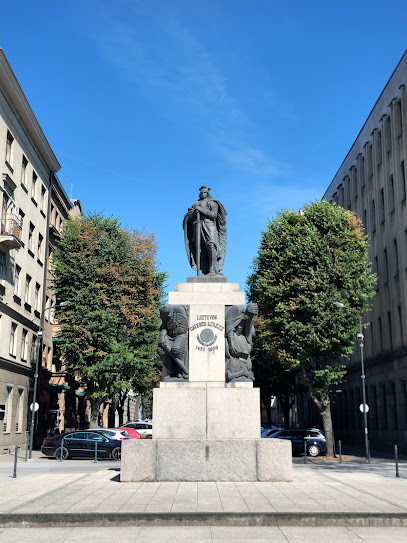
Unity Square
Discover the vibrant atmosphere of Unity Square in Kaunas, where culture, history, and community come together in a picturesque setting.
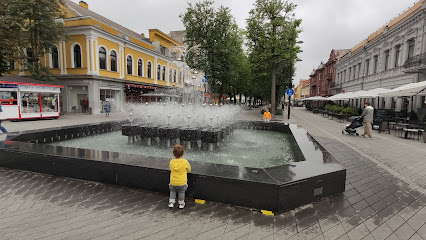
Daugirdas amphitheater. Old Pier
Explore the Daugirdas Amphitheater in Kaunas: a cultural gem along the Nemunas River offering stunning views and vibrant performances.

Monument to commemorate the victims of Nazism
Explore the Monument to Commemorate the Victims of Nazism in Kaunas – a poignant historical landmark reflecting on resilience and remembrance.
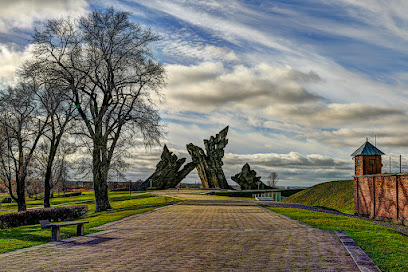
The Wise Old Man
Explore the vibrant art scene at The Wise Old Man in Kaunas, where stunning graffiti meets cultural heritage.

Freedom Monument (Kaunas)
Explore the Freedom Monument in Kaunas, a striking symbol of Lithuanian independence and resilience, set in a vibrant cultural landscape.
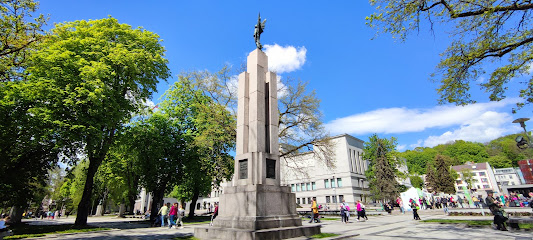
Kauno senamiestis
Experience the enchanting streets and rich history of Kauno Senamiestis, a vibrant old town in Kaunas, Lithuania, perfect for culture and food lovers.
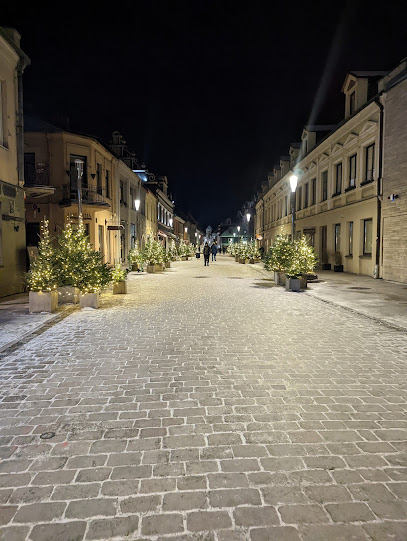
Kaunasin vanhakaupunki
Explore the enchanting Kaunas Old Town, where history meets vibrant culture in Lithuania's second-largest city.
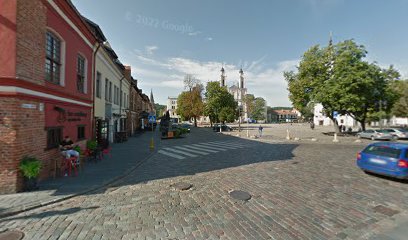
Unmissable attractions to see
Nemunas and Neris Confluence Park
Discover the tranquil beauty of the Nemunas and Neris Confluence Park, a serene escape in Kaunas, perfect for nature lovers and families.
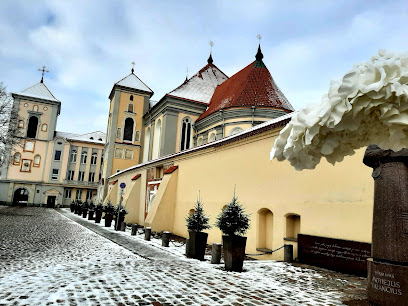
Kaunas Castle
Discover the rich history and breathtaking views at Kaunas Castle, a magnificent medieval fortress in the heart of Lithuania.
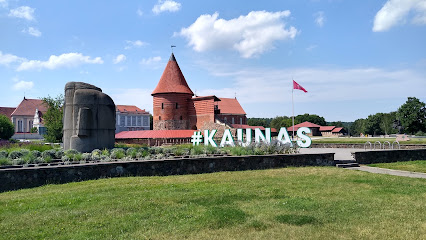
Lithuanian Zoo
Discover the enchanting world of wildlife at the Lithuanian Zoo in Kaunas, where adventure meets education for all ages.
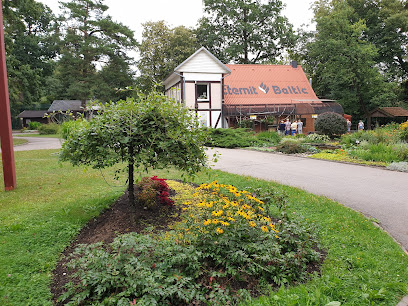
Confluence of Niemen and Neris
Discover the serene beauty of the confluence of Niemen and Neris in Kaunas, where nature and tranquility meet for an unforgettable experience.
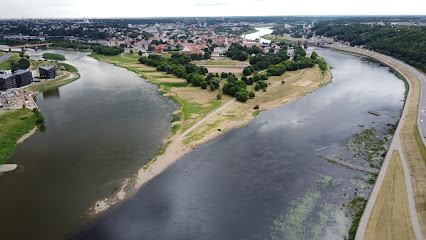
#KAUNAS
Explore the vibrant culture, rich history, and stunning architecture of Kaunas, Lithuania's captivating heart and a treasure trove of experiences.
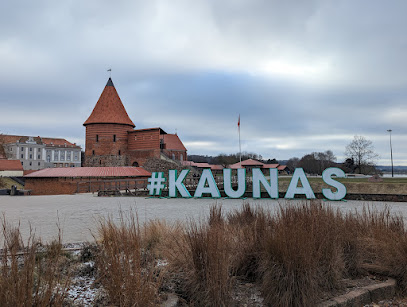
The Wise Old Man
Discover the charm and cultural richness of The Wise Old Man, a captivating tourist attraction in the heart of Kaunas, Lithuania, offering unforgettable experiences.
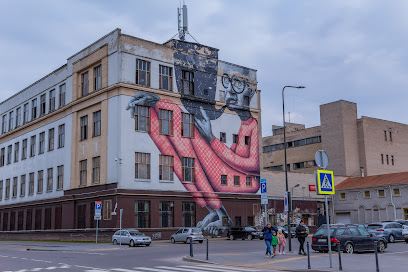
Kauno senamiestis
Discover the historical charm and vibrant culture of Kauno Senamiestis, Kaunas' picturesque old town filled with stunning architecture and local delights.
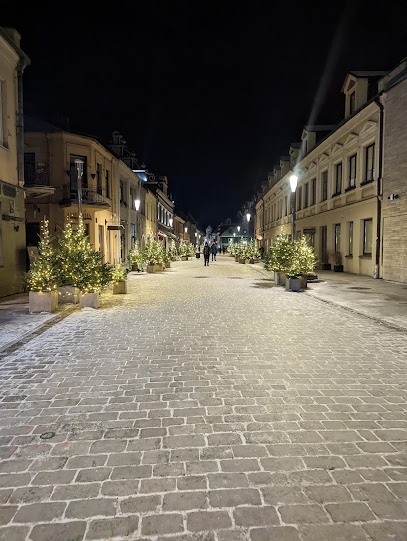
Essential places to dine
DIA
Discover DIA in Kaunas: where modern cuisine meets Lithuanian tradition for an unforgettable dining experience.
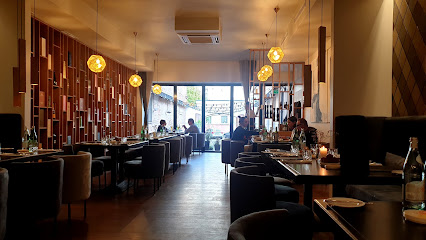
Agave
Savor the essence of Mexico at Agave in Kaunas - a vibrant dining experience filled with authentic flavors and welcoming ambiance.
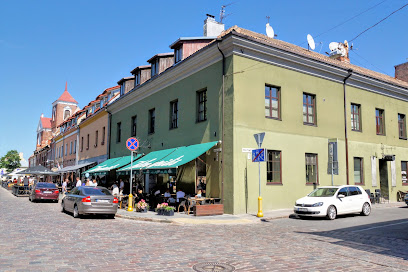
Soul. Rotušė
Experience the culinary excellence at Soul. Rotušė in Kaunas, where local flavors meet international flair in a warm and inviting atmosphere.
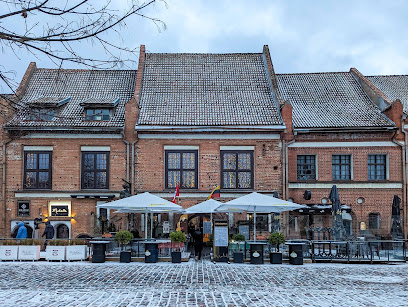
Avilys
Discover Avilys: A modern European restaurant in Kaunas offering local flavors and a unique dining experience.
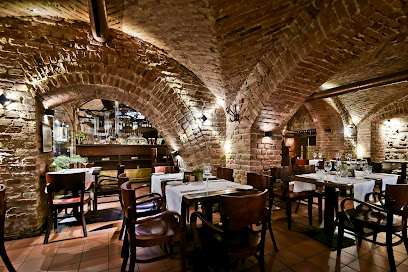
Hunters' Inn
Experience exquisite fine dining at Hunters' Inn in Kaunas - where local flavors meet exceptional culinary artistry.
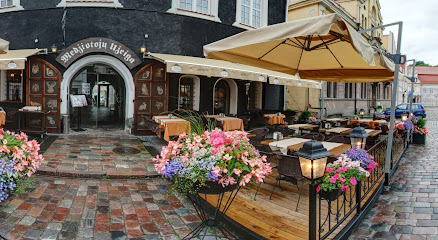
Uoksas
Discover the essence of Lithuanian cuisine at Uoksas in Kaunas – where tradition meets innovation for an unforgettable dining experience.
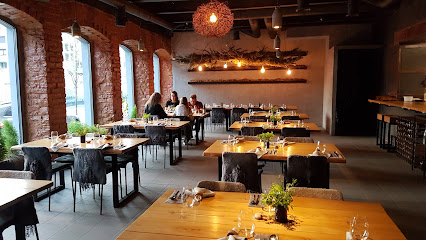
Michelle
Savor authentic Lithuanian flavors at Michelle in Kaunas – where tradition meets modern culinary artistry.
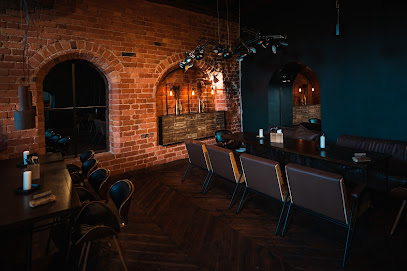
Al Cantuccio
Discover Al Cantuccio: where traditional flavors meet modern dining in the heart of Kaunas.

Le Garden
Experience authentic Belgian cuisine at Le Garden in Kaunas – where flavor meets tradition in a charming atmosphere.
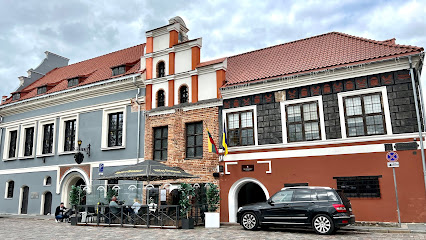
Nüman
Experience the essence of Lithuanian cuisine at Nüman, where tradition meets modernity in every dish.
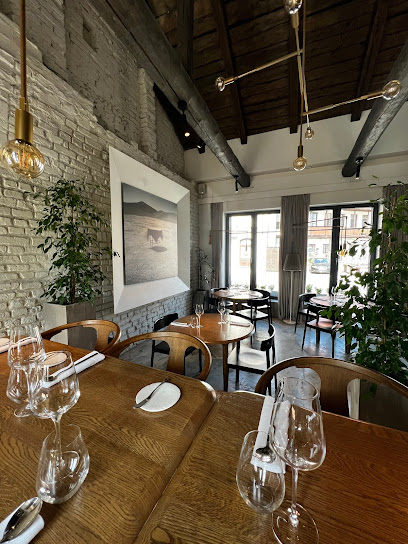
Senieji Rūsiai
Experience authentic Lithuanian cuisine at Senieji Rūsiai, where tradition meets modernity in a gluten-free dining haven.

Markets, malls and hidden boutiques
MEGA
Explore MEGA in Kaunas: The ultimate shopping and entertainment destination for tourists, featuring diverse shops, dining, and a cinema.
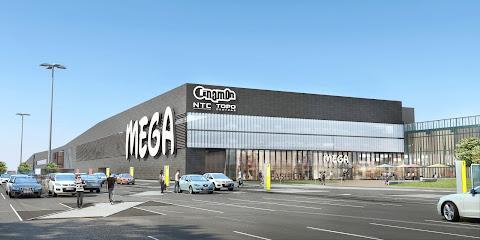
Akropolis
Discover Akropolis, Kaunas' premier shopping destination, offering a unique blend of retail, dining, and entertainment experiences.

ŠILAS
Explore Šilas Grocery Store in Kaunas for a taste of local flavors and a vibrant shopping experience in the heart of the old town.
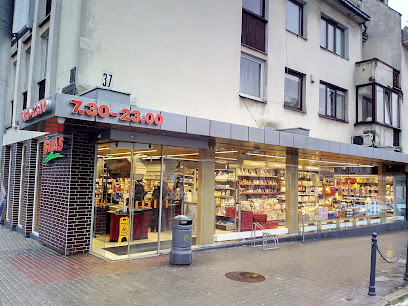
Humana Vintage
Explore the unique fashion finds at Humana Vintage, Kaunas' premier used clothing store, where sustainability meets style.
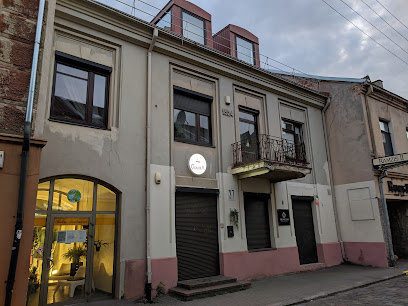
Antikvaras Kaune. Antikvariatas
Explore Antikvaras Kaune: A treasure trove of antiques, vintage finds, and Lithuanian history awaits you in this charming store in Kaunas.
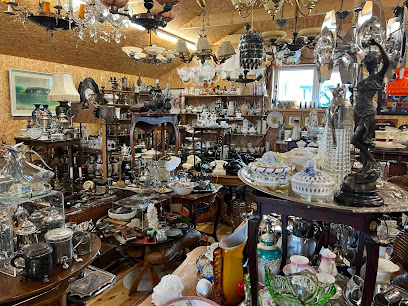
minimi
Experience authentic Lithuanian craftsmanship at Minimi, your go-to store in Kaunas for unique souvenirs and local treasures.
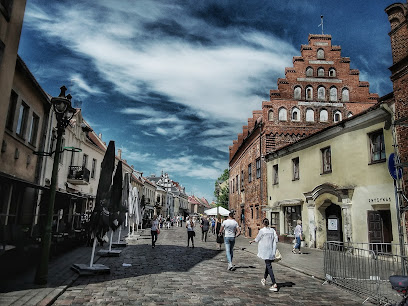
Grantus
Discover unique Lithuanian gifts at Grantus, a charming shop in Kaunas offering handcrafted souvenirs and local artistry.
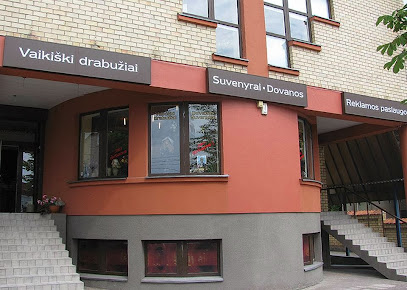
Suvenyrai Laisvės al.
Discover authentic Lithuanian souvenirs and crafts at Suvenyrai Laisvės al., a charming shop in the heart of Kaunas, perfect for tourists.
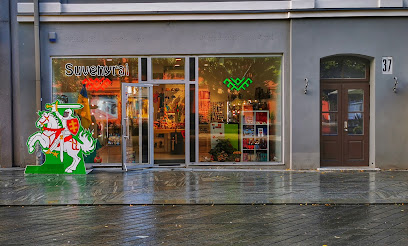
Kaunas Souvenirs shop GIFT SHOP
Explore the essence of Lithuania at Kaunas Souvenirs, your go-to destination for unique gifts and authentic handicrafts.
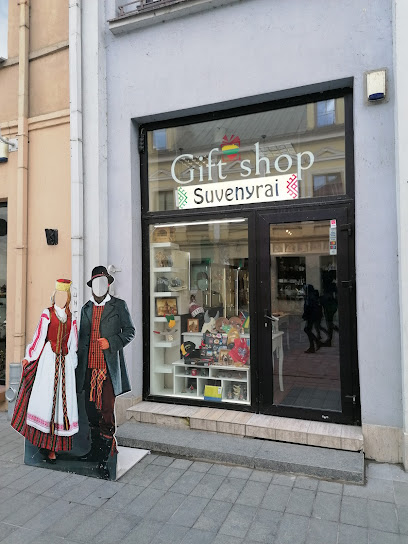
Gift & souvenirs
Explore Kaunas' vibrant culture through unique gifts and souvenirs that capture the essence of Lithuania.
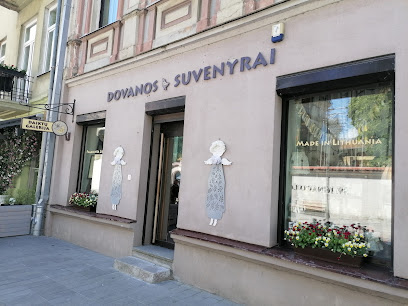
Essential bars & hidden hideouts
rePUBlic No.1
Discover the dynamic atmosphere of rePUBlic No.1, a premier sports bar in Kaunas offering local flavors and an unforgettable social experience.
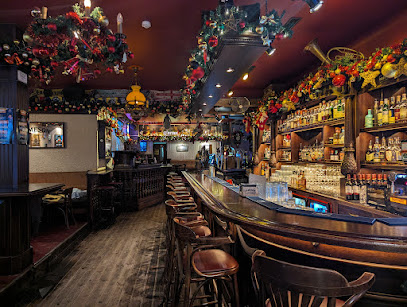
Kultura!
Discover Kultura!, the vibrant pub in Kaunas offering traditional Lithuanian cuisine and a lively atmosphere for an unforgettable experience.
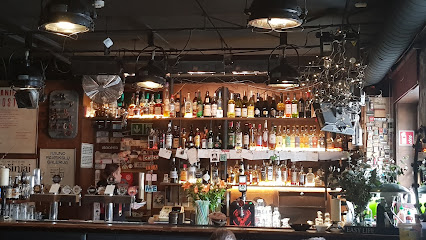
2½ obuolio cider pub
Discover the lively 2½ Obuolio Cider Pub in Kaunas, where craft ciders, delicious steaks, and sports meet for an unforgettable experience.
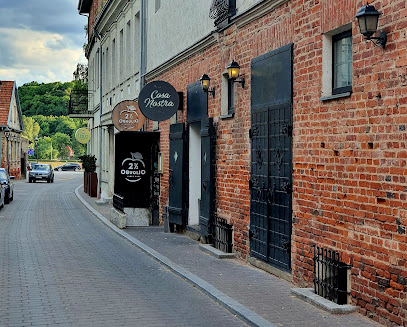
Piano Piano
Experience the vibrant atmosphere and gourmet pizzas at Piano Piano, a top bar and pizzeria in the heart of Kaunas, Lithuania.
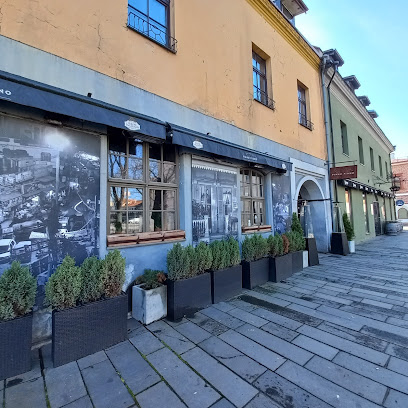
Godo
Experience the vibrant culture of Kaunas at Godo, a bar offering creative cocktails and a lively atmosphere in the heart of the city.
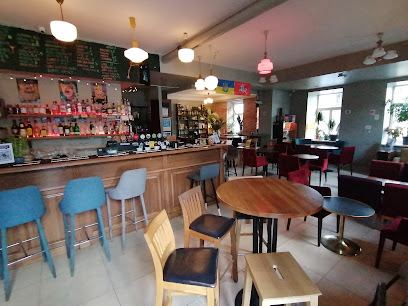
Shamrock Pub
Discover the lively atmosphere of Shamrock Pub in Kaunas, where authentic Irish culture meets local charm, perfect for unwinding and socializing.
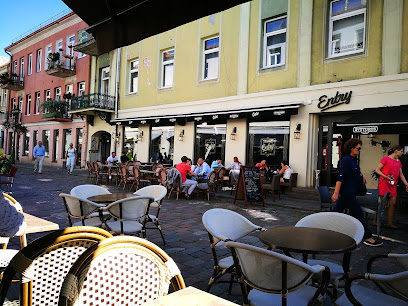
Genys Taproom Kaunas / Laisvės al.
Experience the vibrant local craft beer scene at Genys Taproom, a cozy bar in Kaunas offering a diverse selection of beers and a welcoming atmosphere.
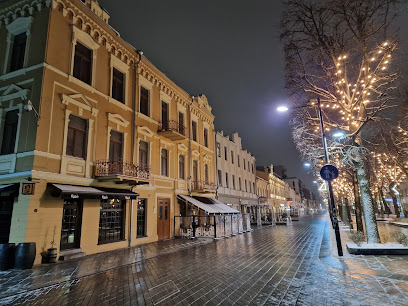
Klimas Restobaras
Discover the vibrant nightlife at Klimas Restobaras in Kaunas, where stylish cocktails meet a chic atmosphere for an unforgettable experience.
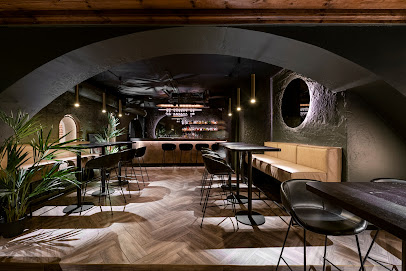
Nisha craft beer bar
Experience the finest craft beers at Nisha Craft Beer Bar in Kaunas, a cozy haven for beer enthusiasts and casual drinkers alike.
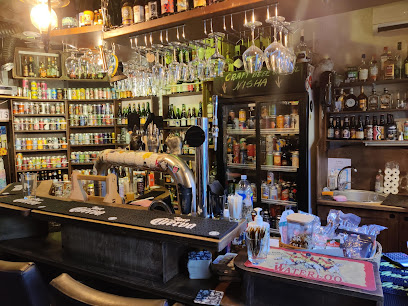
Genys Taproom Kaunas / Vilniaus g.
Discover the vibrant world of craft beer at Genys Taproom in Kaunas, a must-visit bar for locals and tourists alike.
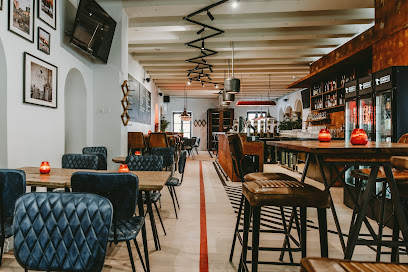
JazzBar
Discover the vibrant atmosphere of JazzBar in Kaunas, where exquisite cocktails meet live jazz music for an unforgettable night out.
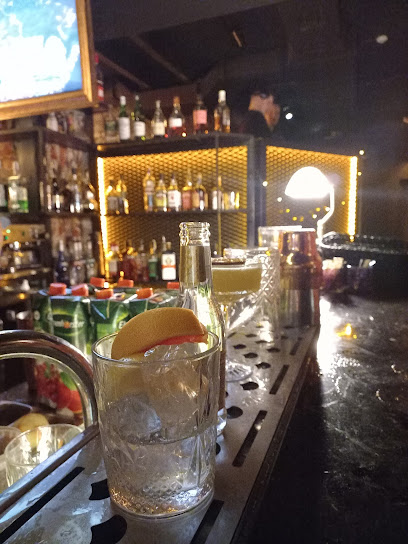
Palė Alė Bar
Discover the vibrant Palė Alė Bar in Kaunas, where local drinks meet a lively atmosphere for an unforgettable night out.
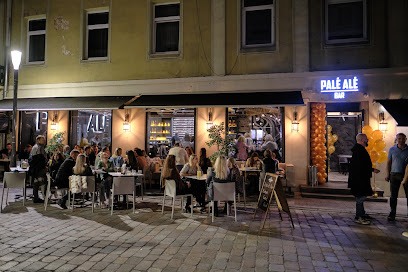
Local Phrases
-
- HelloLabas
[lah-bahs] - GoodbyeViso gero
[vee-soh geh-roh] - YesTaip
[tah-eep] - NoNe
[neh] - Please/You're welcomePrašau
[prah-shau] - Thank youAčiū
[ah-choo] - Excuse me/SorryAtsiprašau
[at-see-prah-shau] - How are you?Kaip gyveni?
[kah-eep gee-veh-nee] - Fine. And you?Gerai. O tu?
[geh-rye. oh too] - Do you speak English?Ar kalbate anglų kalba?
[ahr kahl-bah-teh ahn-gloo kahl-bah] - I don't understandNesuprantu
[neh-soo-prahn-too]
- HelloLabas
-
- I'd like to see the menu, pleaseNorėčiau pamatyti meniu, prašau
[noh-reh-chiau pah-mah-tea meh-nyoo, prah-shau] - I don't eat meatAš nevalgau mėsos
[ahsh neh-vahl-gow meh-sohs] - Cheers!Į sveikatą!
[ee sveh-kah-tah] - I would like to pay, pleaseNorėčiau sumokėti, prašau
[noh-reh-chiau soo-moh-keh-tee, prah-shau]
- I'd like to see the menu, pleaseNorėčiau pamatyti meniu, prašau
-
- Help!Pagalba!
[pah-gahl-bah] - Go away!Eik šalin!
[ayk shah-leen] - Call the Police!Paskambinkite policijai!
[pah-skahm-been-kee-teh poh-lee-see-yah-ee] - Call a doctor!Paskambinkite gydytojui!
[pah-skahm-been-kee-teh gih-dih-toh-yoo-ee] - I'm lostAš pasiklydau
[ahsh pah-see-kloo-dow] - I'm illAš sergu
[ahsh sehr-goo]
- Help!Pagalba!
-
- I'd like to buy...Norėčiau nusipirkti...
[noh-reh-chiau noo-see-peerk-tee] - I'm just lookingAš tik žiūriu
[ahsh teek zhee-oo-ree-oo] - How much is it?Kiek tai kainuoja?
[kyek tai kah-ee-noo-yah] - That's too expensiveTai per brangu
[tai pehr brahn-goo] - Can you lower the price?Ar galite sumažinti kainą?
[ahr gah-lee-teh soo-mah-zin-tee kah-ee-nah]
- I'd like to buy...Norėčiau nusipirkti...
-
- What time is it?Kiek laiko?
[kyek lah-ee-koh] - It's one o'clockYra viena valanda
[ee-rah vyeh-nah vah-lahn-dah] - Half past (10)Dešimt po pusės
[deh-shimt poh poo-sehs] - MorningRytas
[rih-tahs] - AfternoonPopietė
[poh-pyeh-teh] - EveningVakaras
[vah-kah-rahs] - YesterdayVakar
[vah-kahr] - TodayŠiandien
[shahn-dyehn] - TomorrowRytoj
[rih-toy] - 1Vienas
[vyeh-nahs] - 2Du
[doo] - 3Trys
[treese] - 4Keturi
[keh-too-ree] - 5Penki
[pehn-kee] - 6Šeši
[sheh-shee] - 7Septyni
[sehp-tee-nee] - 8Aštuoni
[ahs-too-oh-nee] - 9Devyni
[deh-vee-nee] - 10Dešimt
[deh-shimt]
- What time is it?Kiek laiko?
-
- Where's a/the...?Kur yra...?
[koor yrah] - What's the address?Koks adresas?
[kohks ah-dreh-sahs] - Can you show me (on the map)?Ar galite man parodyti (žemėlapyje)?
[ahr gah-lee-teh mahn pah-roh-dee-tee zheh-meh-lah-pyeh] - When's the next (bus)?Kada yra kitas (autobusas)?
[kah-dah yrah kee-tahs ow-toh-boos-ahs] - A ticket (to ....)Bilietas (į ....)
[bee-lyeh-tahs ee]
- Where's a/the...?Kur yra...?
History of Old Town (Senamiestis)
-
Kaunas Old Town (Senamiestis) began its development in the late 13th century, coinciding with the establishment of the city itself. The strategic location at the confluence of the Neris and Nemunas rivers facilitated trade and defense, leading to the formation of a bustling settlement. The oldest written mention of Kaunas dates back to 1361, highlighting its significance in the region.
-
In the 14th century, Kaunas gained prominence as a defensive fortress against the Teutonic Knights. The construction of Kaunas Castle in the 14th century played a vital role in military strategy, serving as a stronghold during various conflicts, including the Battle of Grunwald in 1410, which marked a turning point in the struggle against the Teutonic Order.
-
The 15th and 16th centuries saw Kaunas Old Town flourish as a trading hub, especially during the period of the Grand Duchy of Lithuania. The establishment of the Magdeburg rights in 1408 allowed for greater autonomy and encouraged the growth of commerce. The town's market square became a vibrant center for merchants and craftsmen, contributing to the cultural and economic development of the area.
-
The 17th and 18th centuries introduced Baroque architecture to Kaunas, with the construction of several significant buildings, including the St. George's Church and the Town Hall. This period marked a cultural renaissance in the Old Town, as it became a center for arts and education, attracting artists, scholars, and theologians from across Europe.
-
The 19th century brought industrialization to Kaunas, transforming the Old Town’s landscape. The construction of railways and factories facilitated economic growth, while the city became a melting pot of various cultures. The influx of different ethnic groups, including Poles, Jews, and Russians, contributed to the rich cultural tapestry of the area.
-
After World War I and Lithuania's declaration of independence in 1918, Kaunas was designated as the temporary capital. This period saw extensive urban development in the Old Town, with the construction of new public buildings, schools, and cultural institutions. The architectural style shifted towards modernism, reflecting the spirit of independence and national identity.
-
During World War II, Kaunas was occupied by both Soviet and Nazi forces, leading to significant destruction and loss of life, particularly among the Jewish community. Post-war, the Old Town underwent reconstruction, but many historical buildings were lost forever. The Soviet era brought further changes, with a focus on industrialization and uniformity in architecture.
-
Since regaining independence in 1990, Kaunas Old Town has experienced a cultural and historical revival. Efforts to restore and preserve historical buildings have been made, enhancing its appeal as a tourist destination. The area has become a vibrant cultural hub, hosting festivals, art exhibitions, and events that celebrate its rich history and diverse heritage.
Old Town (Senamiestis) Essentials
-
Old Town (Senamiestis) is centrally located in Kaunas, making it easily accessible from various neighborhoods. From the main bus and train stations, you can walk to Old Town in about 15-20 minutes. Alternatively, local buses (routes 1, 4, 5, and 29) connect to the Old Town area and run frequently throughout the day. Taxis and rideshare services are also available and provide a convenient option for travelers arriving from farther neighborhoods.
-
Old Town is best explored on foot due to its compact nature and pedestrian-friendly streets. Bicycles can be rented from local shops, and there are designated bike lanes. Public transport options include buses and trolleybuses, with stops located near major sights. If you prefer a guided experience, consider joining a walking tour to learn about the rich history of the area.
-
Old Town is generally safe for tourists, but like any urban area, it is wise to remain vigilant. Petty crime, such as pickpocketing or bag snatching, can occur, especially in crowded areas. It is advisable to avoid poorly lit streets at night, particularly those that are less populated. While there are no specific high-crime areas targeting tourists, always be cautious of your surroundings.
-
In case of an emergency, dial 112 for police, medical, or fire assistance. It is advisable to have your hotel information handy, as they can assist in emergencies. Hospitals and clinics are available in close proximity, and pharmacies are scattered throughout Old Town for minor health needs. Ensure you have travel insurance that covers emergencies.
-
Fashion: Do wear comfortable shoes suitable for walking, and consider layers due to changing weather. Don’t wear overly casual or beach attire while visiting churches or formal establishments. Religion: Do respect religious sites by being quiet and dressing modestly. Don’t take photos inside churches without permission. Public Transport: Do keep your tickets handy and validate them before boarding. Don’t eat or drink on public transport. Greetings: Do greet locals with a friendly smile and 'Labas' (Hello). Don’t engage in loud conversations in public spaces. Eating & Drinking: Do try traditional Lithuanian dishes and local beers. Don’t waste food or refuse offerings from locals, as this is considered impolite.
-
To experience Old Town like a local, visit the morning markets for fresh produce and local delicacies. Engage with shopkeepers, many of whom are eager to share stories about their products. Don’t miss the beautiful architecture of the area; take your time to explore the narrow streets and hidden courtyards. For a unique experience, try finding a local café to enjoy a cup of coffee with a slice of šakotis, a traditional Lithuanian cake.
Trending Landmarks in Old Town (Senamiestis)
Nearby Cities to Old Town (Senamiestis)
-
Things To Do in Jonava
-
Things To Do in Marijampolė
-
Things To Do in Vilnius
-
Things To Do in Panevėžys
-
Things To Do in Suwalki
-
Things To Do in Šiauliai
-
Things To Do in Utena
-
Things To Do in Klaipėda
-
Things To Do in Daugavpils
-
Things To Do in Bialystok
-
Things To Do in Jurmala
-
Things To Do in Riga
-
Things To Do in Olsztyn
-
Things To Do in Liepaja
-
Things To Do in Sigulda

